Nearly 100 years ago, astronomer Bernard Lyot invented the coronagraph – a device that made it possible to recreate a total solar eclipse by blocking the Sun’s light. That helped scientists study the Sun’s corona, which is the outermost part of our star’s atmosphere that’s usually hidden by bright light from its surface.
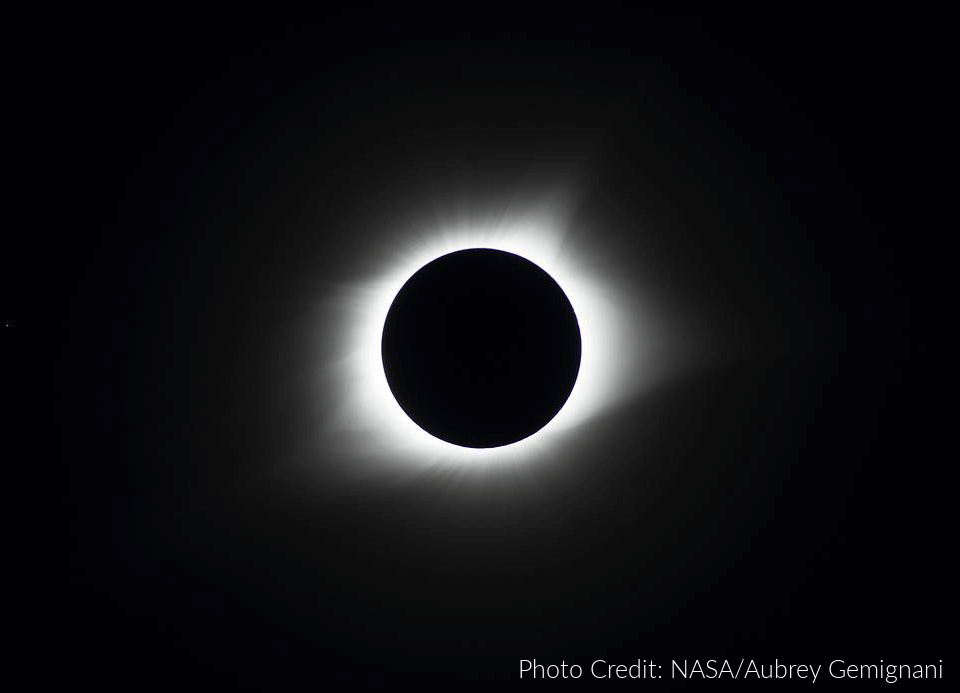
Our Nancy Grace Roman Space Telescope, now under construction, will test out a much more advanced version of the same thing. Roman’s Coronagraph Instrument will use special masks to block the glare from host stars but allow the light from dimmer, orbiting planets to filter through. It will also have self-flexing mirrors that will measure and subtract starlight automatically.
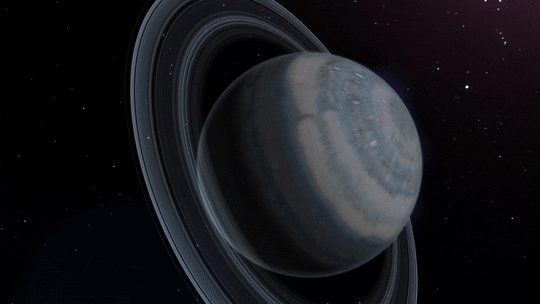
This glare-blocking prowess is important because planets can be billions of times dimmer than their host stars! Roman’s high-tech shades will help us take pictures of planets we wouldn’t be able to photograph using any other current telescopes.
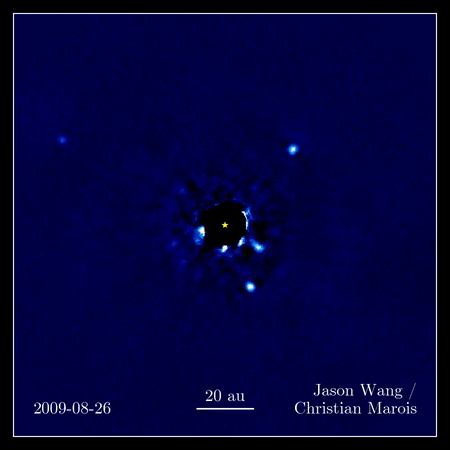
Other observatories mainly use this planet-hunting method, called direct imaging, from the ground to photograph huge, bright planets called “super-Jupiters” in infrared light. These worlds can be dozens of times more massive than Jupiter, and they’re so young that they glow brightly thanks to heat left over from their formation. That glow makes them detectable in infrared light.
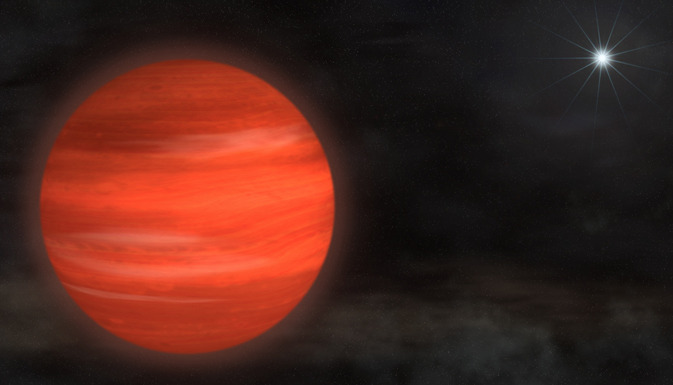
Roman will take advanced planet-imaging tech to space to get even higher-quality pictures. And while it’s known for being an infrared telescope, Roman will actually photograph planets in visible light, like our eyes can see. That means it will be able to see smaller, older, colder worlds orbiting close to their host stars. Roman could even snap the first-ever image of a planet like Jupiter orbiting a star like our Sun.
Astronomers would ultimately like to take pictures of planets like Earth as part of the search for potentially habitable worlds. Roman’s direct imaging efforts will move us a giant leap in that direction!

And direct imaging is just one component of Roman’s planet-hunting plans. The mission will also use a light-bending method called microlensing to find other worlds, including rogue planets that wander the galaxy untethered to any stars. Scientists also expect Roman to discover 100,000 planets as they cross in front of their host stars!
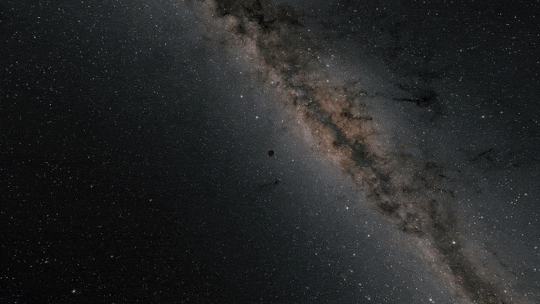
Find out more about the Nancy Grace Roman Space Telescope on Twitter and Facebook, and about the person from which the mission draws its name.
Make sure to follow us on Tumblr for your regular dose of space!
source: nasa.tumblr.com